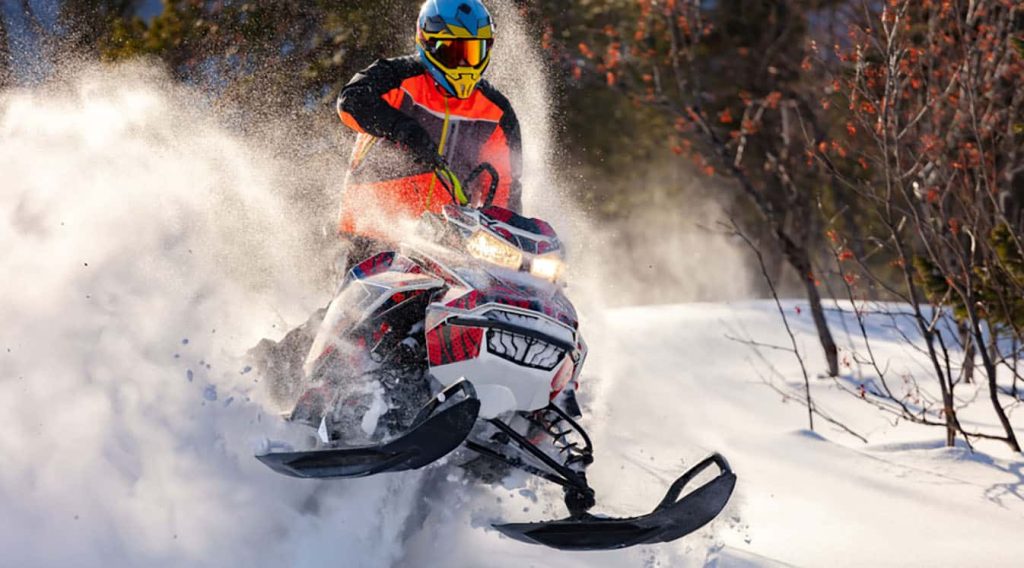Speeding through Snow the Physics of Snowmobile Riding Chance
Snowmobile riding combines the thrill of speed with the challenges of navigating through varying terrains and weather conditions, making it a unique and exhilarating experience. At its core, the physics of snowmobile riding involves understanding the interplay of forces, friction, and momentum that dictate the behavior of the vehicle on snow-covered surfaces. One of the primary factors influencing snowmobile dynamics is the interaction between the tracks and the snow. Unlike traditional wheeled vehicles, snowmobiles utilize tracks designed to distribute the vehicle’s weight over a larger surface area, minimizing the pressure exerted on the snow and reducing the likelihood of sinking. This design feature enhances traction and allows snowmobiles to traverse across deep snow more efficiently. Another crucial aspect of snowmobile physics is the role of friction in propelling the vehicle forward. As the tracks grip the snow surface, they generate frictional forces that propel the snowmobile in the desired direction. The amount of friction generated depends on various factors such as the track design, snow conditions, and the speed of the vehicle.

Snowmobile riders often adjust their speed and technique to optimize friction and maintain control over the vehicle, especially when navigating sharp turns or steep inclines. Additionally, the concept of momentum plays a significant role in snowmobile riding dynamics. Momentum, determined by the product of mass and velocity, governs the snowmobile’s ability to accelerate, decelerate, and maneuver through different terrain features. When riding at high speeds, the snowmobile possesses greater momentum, requiring more force to change its direction or come to a stop. Riders must anticipate changes in terrain and adjust their speed and trajectory accordingly to effectively manage the snowmobile’s momentum and maintain control over the vehicle. Moreover, the principles of Newtonian mechanics, particularly Newton’s laws of motion, provide further insights into the physics of snowmobile riding. Newton’s first law states that an object will remain at rest or in uniform motion unless acted upon by an external force. In the context of snowmobile riding, this law underscores the importance of balance and stability in maintaining control over the vehicle, especially when traversing uneven terrain or encountering obstacles.
Furthermore, Newton’s second law, which relates the force acting on an object to its mass and acceleration, highlights the relationship between rider input and snowmobile performance. By applying the appropriate amount of force through the handlebars and throttle, riders can accelerate, decelerate, and steer the snowmobile riding with precision, effectively harnessing the vehicle’s power to navigate through challenging snow conditions. In conclusion, snowmobile riding involves a complex interplay of forces, friction, and momentum that dictate the behavior of the vehicle on snow-covered surfaces. By understanding the underlying physics principles governing snowmobile dynamics, riders can enhance their skills, improve their safety, and fully appreciate the exhilarating experience of speeding through snow.